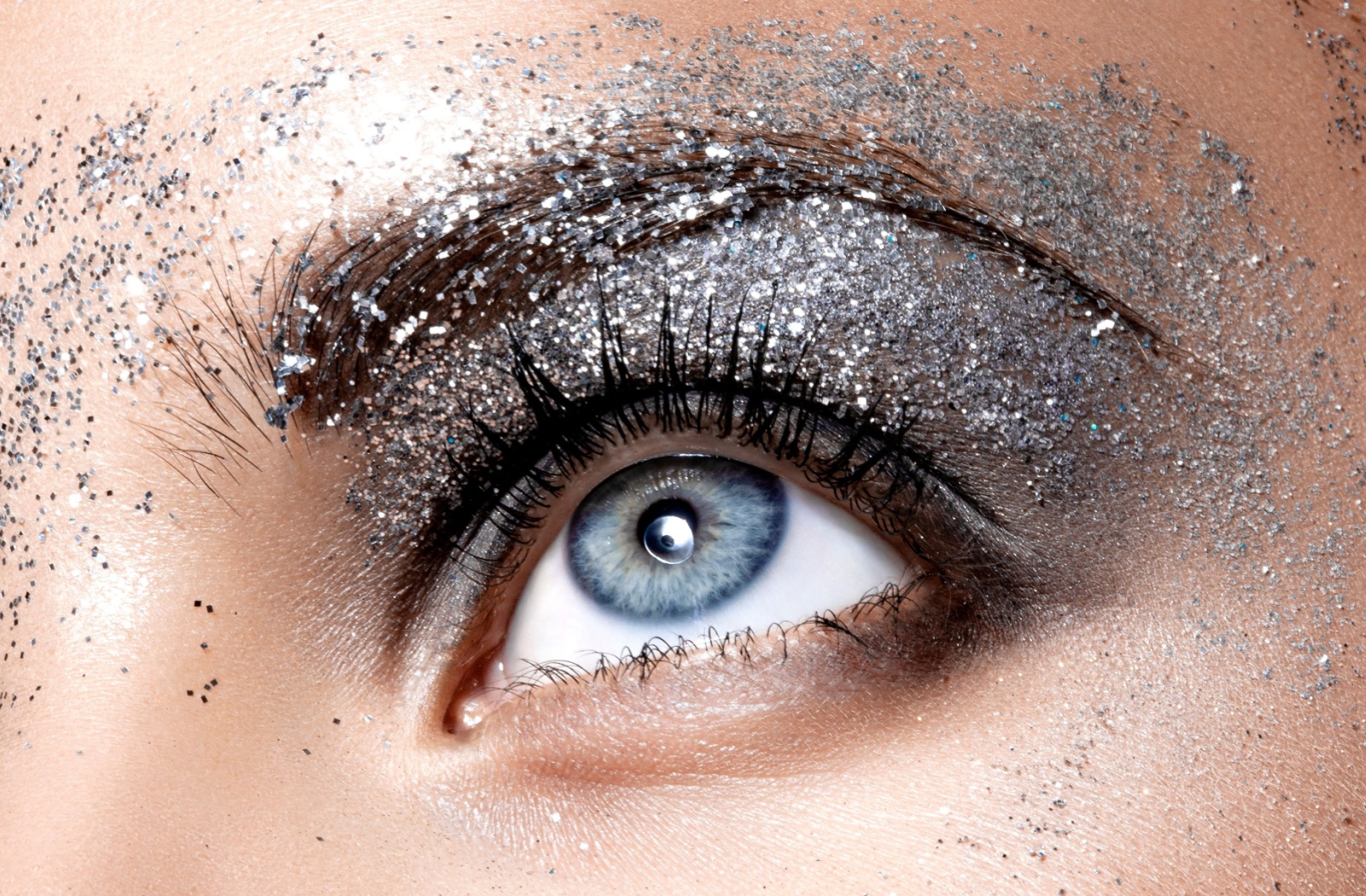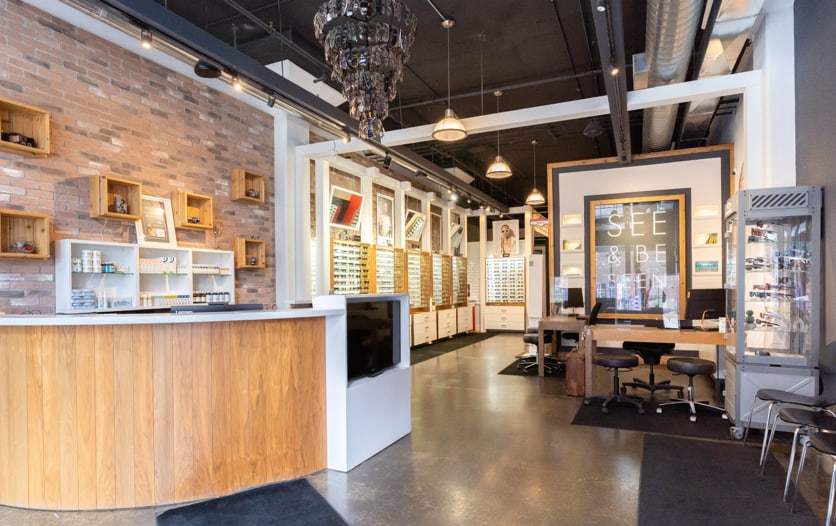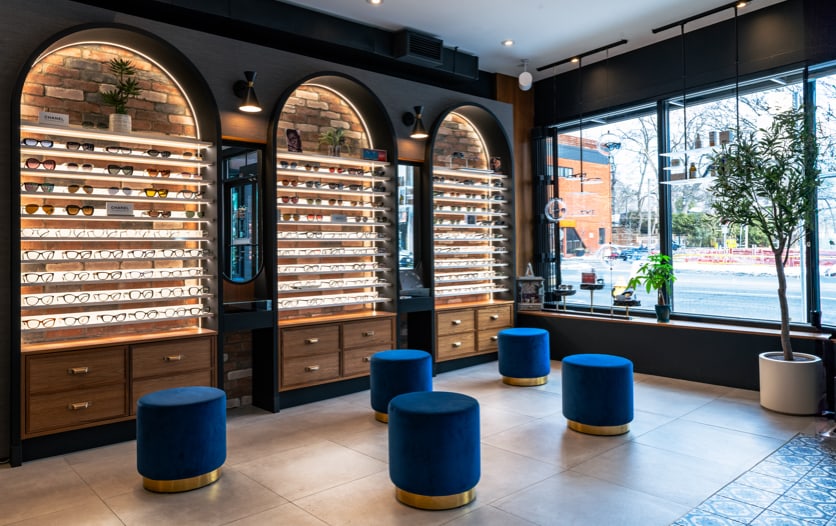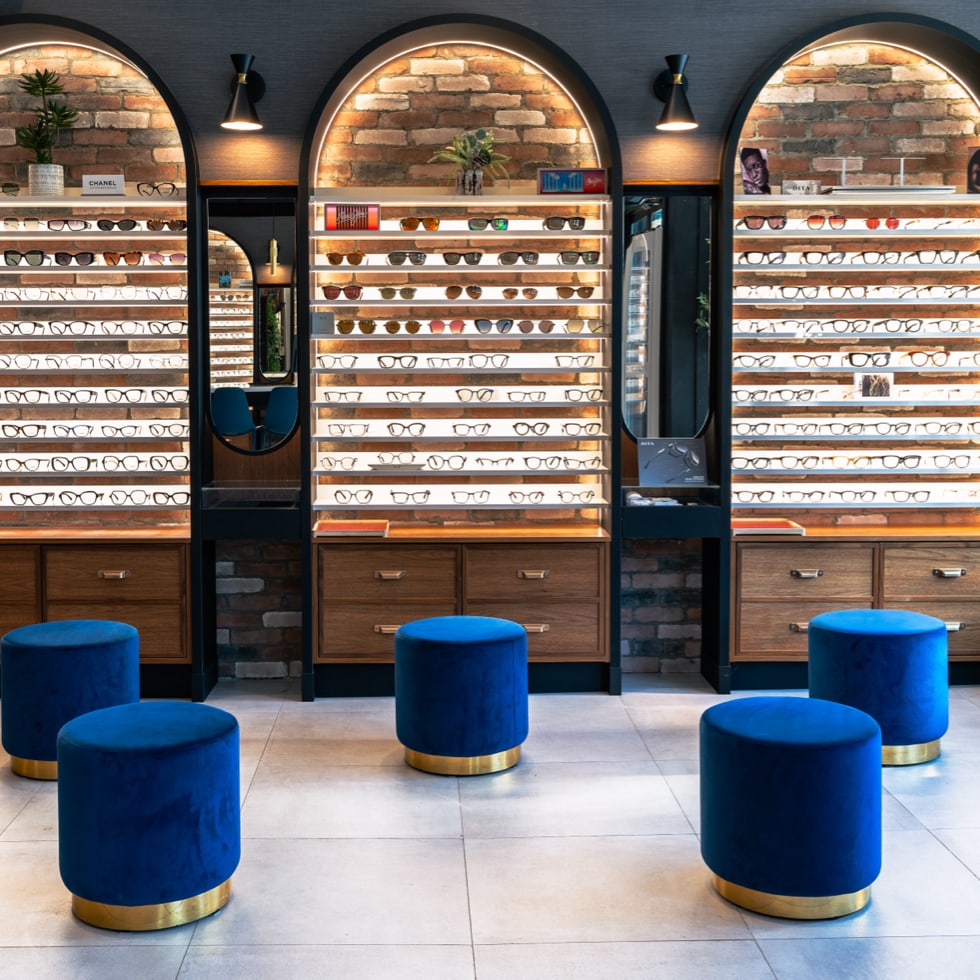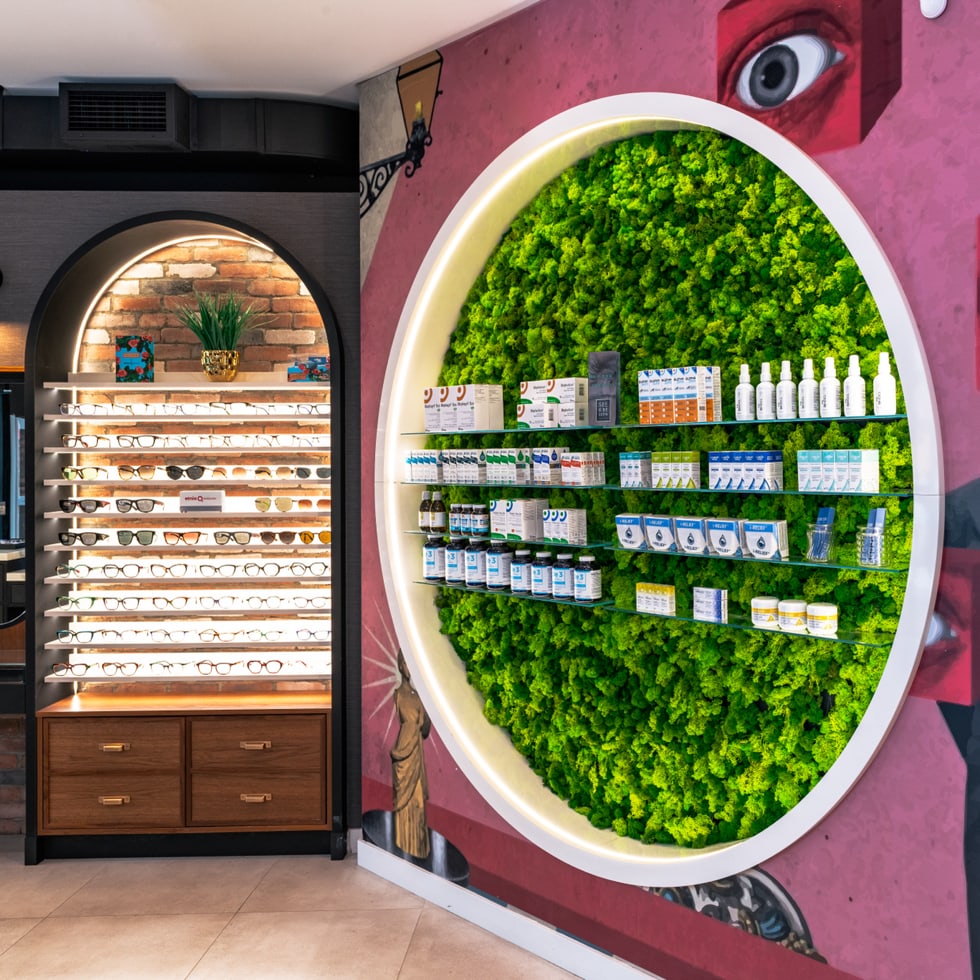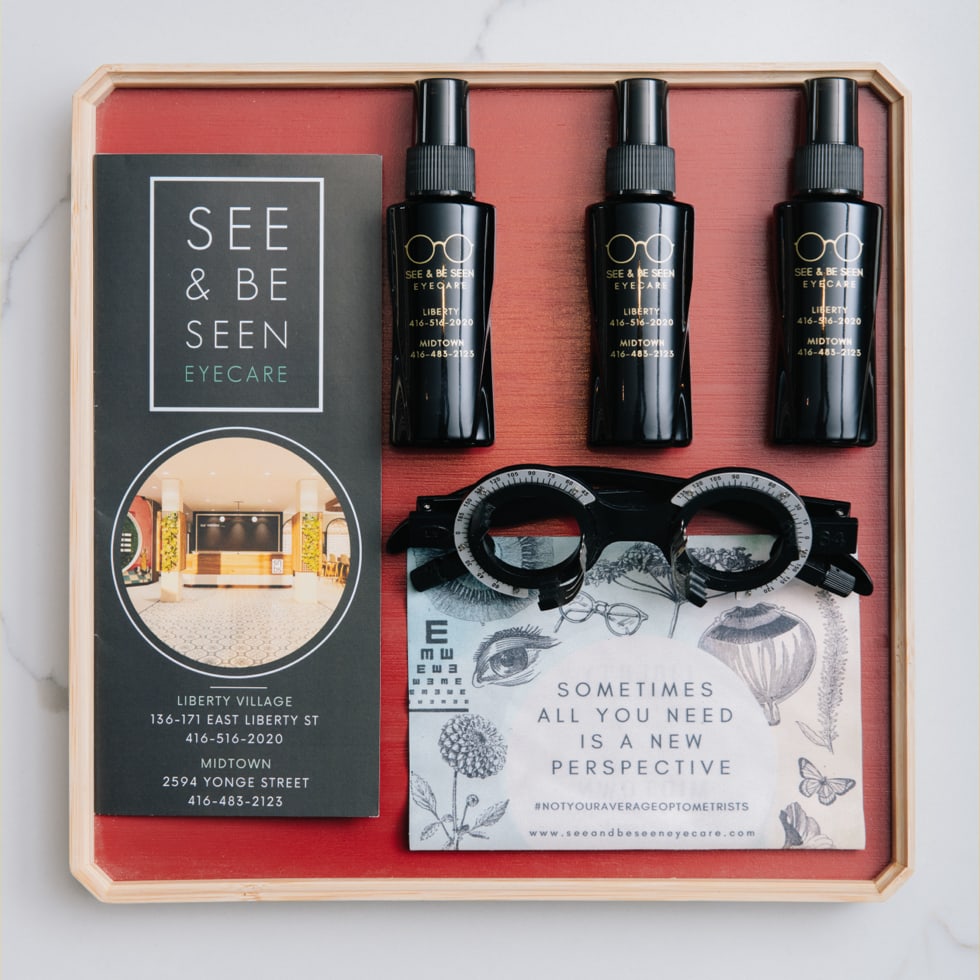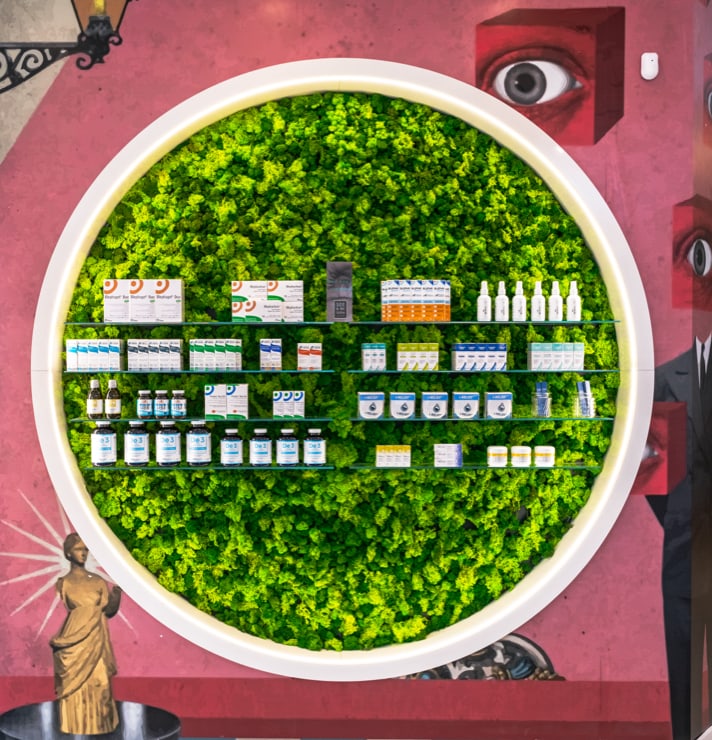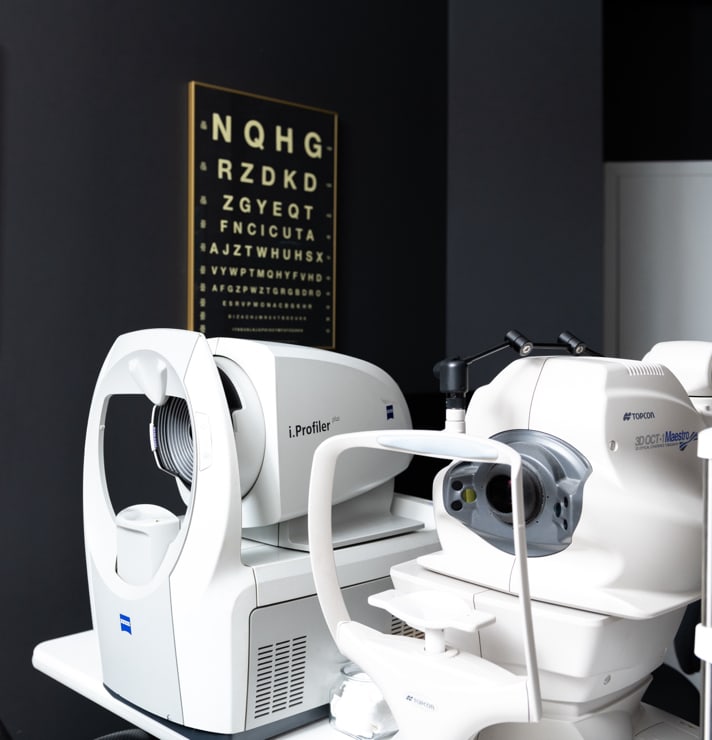Makeup is more than just a tool for enhancing your appearance; it’s a form of self-expression and artistry. However, the relationship between beauty and comfort can sometimes be challenging if you have dry eyes. Eye makeup, such as eyeliner and mascara, can worsen dry eye symptoms by clogging the meibomian glands in your eyelids.
Understanding how makeup affects your eyes and learning the best practices for applying and removing makeup can help you cope with and relieve dry eye symptoms.
How Does Makeup Affect Your Eyes?
Your eyelids contain meibomian glands, which produce oil for your tears. Makeup can act as a physical barrier, trapping environmental pollutants, allergens, and even particles from the makeup close to your eyes. This barrier effect can exacerbate dryness and irritation, especially if you’re prone to dry eye symptoms.
The tear film is a thin layer covering the surface of your eye, providing essential moisture and protection. Makeup particles can disrupt this tear film, leading to increased tear evaporation and exacerbating dry eye symptoms.
Products not designed to be gentle on sensitive skin can be extra damaging. Many makeup products contain preservatives, fragrances, and synthetic ingredients that can irritate your eyes. Even waterproof formulas, designed to last longer, can be particularly drying because they require stronger removers to take off.
Why Do Some Makeup Products Aggravate Dry Eye Symptoms?
The skin around your eyes is incredibly delicate, and not all makeup products are made with being gentle to this skin in mind. Many products contain:
- Chemicals: Certain substances can be harsh on the delicate skin around your eyes. These chemicals can strip away natural oils, worsening dry eye symptoms.
- Preservatives: Although essential for prolonging the shelf life of makeup products, preservatives are also common irritants. Parabens and Phenoxyethanol, in particular, cause dryness and irritation.
- Fragrances: Fragrances can make a product more appealing but can also be highly irritating. Fragrance-free products are generally a safer bet for those with dry eyes.
Opt for products labelled as “ophthalmologist-tested” or “safe for contact lens wearers.” These products are typically formulated to minimize the risk of irritation.
The Importance of Ingredients
When shopping for makeup, always check the ingredient list. Avoid products containing parabens, phthalates, and synthetic fragrances, as these can be particularly irritating to sensitive eyes. Consider switching to makeup products that use natural or organic ingredients. These products are often less likely to contain harsh chemicals and can be gentler on your eyes.
Before fully committing to a new product, perform a patch test. Apply a small amount of the product to your inner wrist or behind your ear and wait 24 hours to see if any irritation occurs.
How to Stop Eye Irritation From Makeup
Opt for hypoallergenic makeup products specifically formulated for sensitive skin and eyes. These products are less likely to contain irritants that can exacerbate dry eye symptoms. When applying these products, especially eyeliner, stick to the outer lash line instead of directly on your waterline – this prevents particles from entering your tear film, which irritates.
Overall, when using making, ensure that you maintain good hygiene. Keep your makeup brushes and applicators clean. Dirty tools can harbour bacteria, leading to infections and further dry eye issues.
Tips for Applying & Removing Makeup to Avoid Dry Eye
The most effective way to avoid irritating dry eye symptoms with makeup is not to use it. However, makeup can be an important tool of self-expression, so removing it from your lifestyle may not be possible. Choosing products made to reduce irritation is only half the battle, though.
The way you apply your makeup can also impact your eyes. That’s why it’s essential to learn how to use and remove makeup in a way that reduces discomfort.
Application Techniques
- Keep It Simple. Focusing on a few key products can simplify your makeup routine, minimize the risk of irritation, and make it easier to maintain good hygiene.
- Use Clean Tools. Always use clean brushes and applicators. Dirty tools can introduce bacteria to your eyes, leading to infections and exacerbating dry eye symptoms.
- Use Eyedrops. Using lubricating eye drops before applying makeup can help keep your eyes moist and comfortable throughout the day. This can also create a barrier that reduces the likelihood of makeup particles irritating your eyes.
- Avoid Tightlining. Tightlining, or applying eyeliner to the inner rim of your eyelid, can irritate those with dry eyes. Stick to the outer lash line to avoid introducing particles into your tear film.
- Moisturize. Before applying makeup, ensure your skin is well-hydrated. Use a gentle, hydrating eye cream to create a smooth base and protect the delicate skin around your eyes.
- Primer. Use a makeup primer specifically designed for sensitive skin. This can help create a barrier between your skin and makeup, reducing the risk of irritation.
- Sunscreen. Remember to apply sunscreen. Look for a mineral-based formula that’s gentle on the skin and will not irritate your eyes.
Gentle Makeup Removal Techniques
- Oil-Free Removers. Oil-free makeup removers are less likely to leave a residue that can irritate your eyes. Micellar water is a great option, effectively removing makeup without harsh rubbing.
- Soft Cotton Pads. Use soft cotton pads or reusable makeup remover cloths to wipe away makeup gently. Avoid scrubbing or tugging at your skin, which can cause further irritation.
- Double Cleansing. Consider incorporating a double-cleansing routine. Start with a gentle makeup removal and a mild facial cleanser to remove all makeup traces.
Moreover, incorporate a gentle eye cleansing routine into your daily skincare regimen, even when you do not wear makeup, to help remove any residual particles that could disrupt your tear film.
Need Further Assistance?
See & Be Seen Eyecare understands that dry eye symptoms need not tell you how to live your life. Contact us today to see if any of our dry eye treatment options can help supplement your makeup routine to relieve symptoms.

